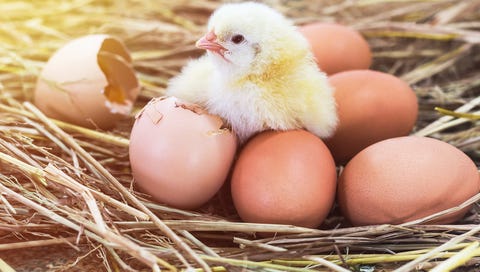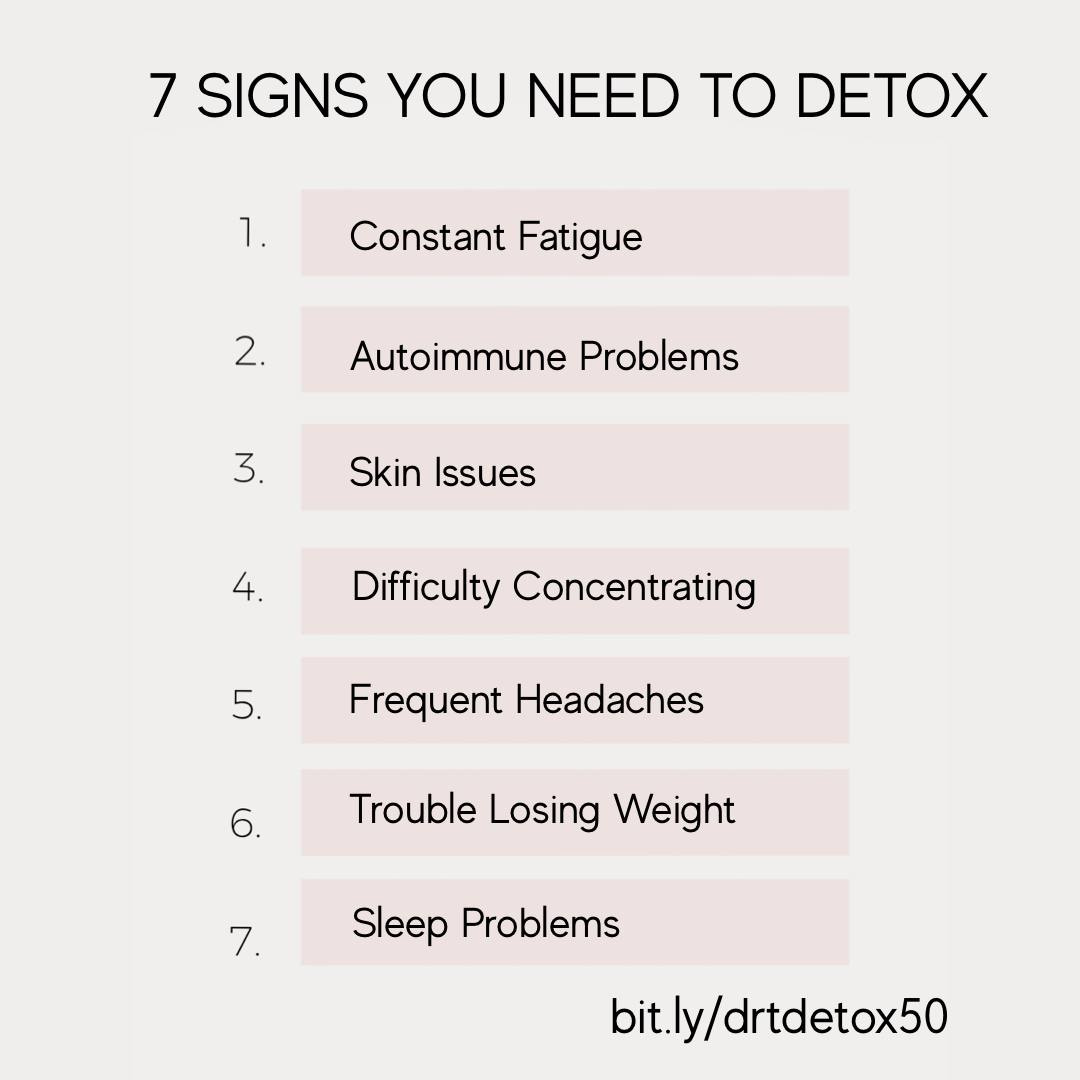Eggs have been used to manufacture vaccines for more than 70 years. It is a slow, cumbersome process. For up to eight months, more than 500,000 fertilized chicken eggs per day are used as “mini-incubators” to grow crops of viruses. Using a labor-intensive method known as “candling,” each egg is examined by hand with a specialized light to ensure the chicken embryo is growing and the shell does not have cracks.
Three types of chicken tissue are used to manufacture egg-based vaccines:
Egg amniotic fluid: influenza vaccine (Fluzone, Fluad) and yellow fever vaccine
Egg ovalbumin: influenza vaccines (Afluria, Fluarix, Flulavel, Fluvirin, FluMist)
Chicken embryo fibroblasts: rabies, measles, and mumps.
Let’s look at the disgusting way chicken embryos are used to manufacture the flu shots, the MMR vaccine, and the less commonly used the yellow fever and rabies vaccines.
Eggs: Blood and Protein
This graphic clearly explains the different areas of the developing chicken embryo used for various vaccines:
Used with permission from Dr. Vincent Racaneillo in my book, “FOWL: Bird Flu is Not What You Think.”
The amnion, filled with amniotic fluid, is the sac that surrounds and suspends the developing baby chick. Viruses to create influenza and mumps vaccines are inoculated to grow in this fluid-filled space.
The allantois is the sac the removes waste from the embryo. Viruses to create influenza and mumps vaccines are grown in this sac.
The chorion is the sac that completely surrounds the egg contents and contains between 1 and 10cc of amniotic fluid by the 12th day of life. [NOTE: By day 9, the embryo looks like a bird and by day 11, feathers start to appear.]
The chorioallantoic membrane is where the chorion and the allantoic sacs fuse. It is highly vascular and facilitates the exchange of O2 and CO2 through the shell.
The albumen is the protein, the “white” of the egg. It suspends the entire egg and interfaces with the shell as part of its protective coating.
Once the incubation begins, it takes on average 21 days for an egg to hatch into a cute little baby chick. When the living embryo is 11-days old, the eggs are placed in a tray with the blunt end up so they can be labeled with a specific identification number. The shell is cleaned with a 70% ethanol wipe and a tiny tuberculin needle is used to punch a small hole through the shell over the air sac, without penetrating the shell membrane. The amniotic or allantoic sac of the chick embryo is injected with a drop of viral-containing solution. There is enough viral solution in each syringe to inoculate three eggs. The puncture hole is sealed with a spot of glue or gelatin, and the eggs are placed in an environment where the temperature is held between 100.4°F and 102.2°F (38°C and 39°C). The viruses infect the lungs of the embryo and rapidly replicate. Many embryos are lost during the inoculation process.
Approximately 3 days later, the eggs are chilled to 39°F (4°C) for at least four hours to reduce the amount of bleeding into the fluids. Sterile forceps are then used to chip open the shell, and the gooey viral suspension within the albumen is removed using a plastic pipette. It is centrifuged – sometimes more than once – to “purify” the slimy solution, attempting to remove as much chicken blood and tissue solution as possible. Despite the effort, egg-based vaccines have residual chicken blood and chicken protein in the final product and it is subsequently injected into your arm.
Egg Albumin
The egg proteins most likely to cause allergies are found in the egg white. Egg white, the albumin, contains more than 20 glycoproteins, with ovomucoid, ovalbumin, ovotransferrin, and lysozyme identified as the main allergens. Although ovalbumin is the most abundant protein in egg white, ovomucoid is the dominant allergen.
It is well recognized that all influenza vaccines approved for use in the US contain some residual ovalbumin. In fact, it’s listed as an ingredient on the package inserts. But what isn’t known – or at least it’s not mentioned – is if ovomucoid, the most worrisome allergen, is in the final product of egg-based vaccines. So, when articles make conclusions such as this:
The risk of an allergic reaction to influenza vaccine in patients with egg allergy is very low, likely due to the very low amount of ovalbumin in the vaccines.
….it is very misleading because the most toxic, allergenic component of the egg may be present in the vaccine but unaccounted for. It is also not known if there is an amount of ovalbumin per dose that would be associated with a higher rate of reactions or more severe reactions.
Egg allergy and Vaccination
In the past, persons who have a strong allergic reaction when eating eggs have been advised to avoid egg-based vaccinations. Those recommendations are disturbingly beginning to change. A few studies claim that if a vaccine, particularly a flu shot, contains no more than 1.2 micrograms of egg protein, it can “safely” be given as long as a physician is in attendance (as those magically a white-coated human in the room makes everything ok…) Well, actually having a physician in attendance is just in case the patient has the “rare” anaphylactic response – the doctor can administer an EpiPen and other emergency measures.
It has been estimated that as many as 2% of US children are allergic to eggs, particularly egg whites. That may sound like a small number until you do the math. According to the Kaiser Family Foundation health stats from 2015, there are 78,181,900 children in the US ages 0 to 18, calculates to more than 1.5 million children with egg allergies. A 2011 study states:
Allergy to hen’s egg, the second most common allergy after cow’s milk, usually presents in the second half of the first year of life, with a median age of presentation of 10 months. This reflects the typical age of the first dietary exposure to egg.
Medical studies never mention in the correlation between DTaP vaccines, given at 2-4-6 months and flu shots that start at 6-months of age and food allergies to lactose, casein, and egg. Continuing to administer the flu shot annually for life, injecting egg proteins each year into the body will certainly perpetuate the problem, or worse.
no flu or pneumonia shots needed with these supplements for immune support!
Chicken Embryo Fibroblasts
Viruses for vaccines must be grown on living tissue. Chicken embryos are widely used because they are readily available, are of a size that is convenient to work with and are too immature to create antibodies against the viral inoculum.
WARNING: The description that follows regarding the creation of chicken embryo fibroblasts for use in cell cultures is disgusting. If you read my previous article, “The Disgusting Cow Stuff in Vaccines” you know about the brutal extraction of blood from unborn fetal cows. The following is equally as brutal and the language is taken directly from the document mentioed below but seems to no longer be available:
The preparation is made from up to 5 embryos at a time. The embryo chickens selected are between 9 and 11 days old.
The shell is opened, the embryo is removed and placed in a petri dish. The head is cut off; removal of limbs and intestines is optional.
The bodies are placed into a beaker and chopped into chunks with sterile scissors. Or, chunks of the bodies can be placed into a 50cc syringe and mashed by pushing the chunks through the tip of the syringe into a beaker.
The tissue fragments are then washed several times to remove residual red blood cells.
The residual cells are rinsed three times with a trypsin (enzyme) solution to separate cells.
The flask containing 20-30 cc of the solution is swirled for about 2 minutes, and then the cell suspension is poured into a centrifuge tube containing up to 10cc of bovine serum.
The cells are extracted from the bottom of the centrifuge tube and diluted with calf serum, or if cell growth is desired, fetal bovine serum is used.
The document published by the University of Georgia College of Veterinary Medicine has been removed, but this procedure is equally disturbing.
Knowing about the disgusting cow and chicken stuff coming through that needle should make you think long and hard about allowing that needle to be inserted into your arm – or the leg of your precious baby.









Print out this and my last substack on cow blood and give it to her
Well thank goodness we don’t need any of them anymore no vaccines I think we’re stronger without them. It’s heinous what they’re doing to a newborn baby within an hour of birth they get over 21 medical assaults on their body, borderline child abuse right after birth.